
Access to financial services continues to play a pivotal role in driving economic growth in nations across the globe. In the wake of rapid post-COVID-19 structural transformations in economies worldwide, the issue of financial inclusion has taken centre stage in national policy discussions. Financial inclusion stands as a vital indicator for inclusive growth in any country.
The importance of a robust financial services system in facilitating fair distribution of economic opportunities, particularly among vulnerable groups, cannot be overstated. Acknowledged as a fundamental tool for achieving Sustainable Development Goals, including Goals 1 (No Poverty), 2 (Zero Hunger), 5 (Gender Equality), 8 (Decent Work and Economic Growth), and 10 (Reduced Inequalities), financial inclusion holds immense potential to benefit global financial markets.
Financial literacy has emerged as the cornerstone of inclusive financial systems, empowering governments, businesses, and individuals to make informed financial decisions, effectively manage their finances, and fully participate in the broader economic system. When financial literacy is nurtured, it can bridge the gap between those with access to financial services and those without, thereby unlocking opportunities to reduce poverty, promote economic growth, and enhance overall well-being.
The significance of financial literacy
Financial literacy offers substantial advantages to the global financial landscape. Those who receive financial education are typically better equipped to make prudent financial choices. Individuals often face critical life decisions, including borrowing, investing, saving, purchasing insurance, and retirement planning. Involvement in the formal financial system is seen as a shield against unforeseen risks and sudden setbacks. The lack of access to financial services is considered a moral failing, a denial of a fundamental human right, and a major impediment to entrepreneurship.
Despite the evident benefits of possessing sound financial knowledge, widespread financial illiteracy remains a global issue. Globally, approximately one-third (33%) of the world’s population lacks a basic understanding of financial concepts, with approximately 3.5 billion individuals classified as financially illiterate. This alarming figure exceeds the 1.7 billion unbanked individuals worldwide, suggesting that approximately 1.8 billion banked individuals may also be financially illiterate. Countries like Denmark, Norway, and Sweden top the list in terms of financial literacy levels, while Africa records the lowest rates, with Ghana scoring a mere 32 percent in financial literacy.
The Challenge in Ghana
Despite efforts by various stakeholders to promote personal financial planning, a report from Standard and Poor’s on global financial literacy reveals that a staggering 68% of Ghanaians are financially illiterate. Even educated individuals often fall victim to Ponzi schemes, financial scams, and irregularities. This widespread problem of financial exclusion, driven by high levels of financial illiteracy, extends globally. Moreover, financial institutions tend to prioritize larger corporations that yield substantial revenues, neglecting to adequately educate the informal sector in developing economies.
Recent debates in developing countries, including Ghana, underscore the role of financial literacy in expanding financial inclusion by enhancing access to quality and affordable financial services. In Ghana, despite efforts to ensure financial inclusion through innovative practices, the majority of the adult population remains financially excluded, especially when it comes to traditional financial institutions, excluding mobile money (Momo) services. To achieve the desired outcomes of financial inclusion in Ghana, a sustained focus on financial literacy is essential.
Financial Inclusion
Access to financial resources transcends mere economic convenience; it serves as a fundamental driver of development with profound impacts on various socio-economic aspects. The ability of a society to provide its members with access to financial services directly correlates with reduced economic vulnerability, decreased income inequality, and lower unemployment rates.
Inclusive financial mechanisms and processes aim to ensure that everyone, regardless of their income level, educational background, or related factors, can readily access a range of affordable, secure, and suitable financial products and services. These offerings encompass basic financial services like savings accounts, payment services, and money transfer facilities, as well as credit and loans that can enable individuals and businesses to invest in transformative endeavours such as healthcare, education, or entrepreneurial ventures.
Additionally, inclusive financial systems provide risk and insurance management tools to shield individuals and companies from financial shocks. Furthermore, they offer financial education to equip individuals from diverse backgrounds with the necessary financial knowledge and skills to make informed financial decisions.
Financial inclusion fosters essential habits for economic independence, self-reliance, and social and economic empowerment. It helps impoverished families withstand external shocks and discern between legitimate financial institutions and fraudulent schemes, such as Ponzi schemes and unsustainable financial ventures. However, the current scope and scale of measuring financial inclusion, though necessary, are flawed. Mere ownership of a financial product, such as a bank account or mobile money (Momo) account, cannot conclusively indicate financial inclusion. True financial inclusion is realized when the holder of a financial product or service actively utilizes it for economic self-reliance and entrepreneurial capacity development.
Moreover, genuine financial inclusion cannot be solely measured by the quantity of mobile money (Momo) or bank accounts within the system. This is because an individual may possess multiple Momo or bank accounts simultaneously, potentially leading to the misinterpretation of these accounts as separate individuals when assessing financial inclusion.
Therefore, financial inclusion serves as a critical indicator of a nation’s commitment to fostering inclusive growth and achieving Sustainable Development Goals. Despite dedicated efforts from global development agencies, a staggering 1.7 billion individuals worldwide still find themselves on the outskirts of formal financial systems, categorized as unbanked or underbanked. The barriers to financial inclusion are multifaceted, encompassing regulatory constraints that limit accessibility, geographical limitations that isolate remote populations, low levels of financial literacy, and linguistic barriers that hinder effective communication with financial institutions, among others. Addressing these challenges becomes imperative to unlock the full potential of inclusive growth and sustainable development.
Financial Literacy
In an era marked by increasingly intricate financial landscapes, navigating the myriad of financial products offered by institutions can be a daunting task, especially for economically disadvantaged and pro-poor individuals. The complexity of these financial services often leaves people grappling with decisions that carry significant implications for their financial well-being. Recognizing this challenge, financial literacy education emerges as a crucial tool for simplifying decision-making processes related to these intricate financial services.
Financial literacy encompasses the ability to comprehend financial choices and issues without discomfort, plan for the future, and competently respond to life events that impact daily financial decisions, including broader economic events. Financial literacy education equips individuals, particularly those in developing countries, with the knowledge and skills required to navigate the complexities of the financial sector. Its aim is to encourage participation in financial markets and enable savvy utilization of financial instruments. Financial savvy encompasses various aspects, such as acquiring, managing, saving, and utilizing money wisely. Financial literacy is a fundamental necessity for every individual to avoid financial problems. Financial difficulties can arise not only from low income but also from errors in financial management, such as a lack of financial planning or misuse of credit.
Regrettably, a widespread lack of financial knowledge hampers meaningful participation and perpetuates cycles of financial exclusion. Financial limitations can lead to stress and low self-esteem. Governments worldwide are recognizing the transformative potential of financial literacy education as a practical solution to empower citizens in mastering their personal financial hygiene and making informed choices. Financially literate individuals have control over financial tools and can make sound decisions regarding their use for productive ventures. This empowers them to manage their financial affairs responsibly, plan for significant life events like education and retirement, and promote sustainable livelihoods. Financial literacy leads to spending decisions that prioritize quality.
The imperative lies in fostering financial literacy as a lifelong asset, instilling in individuals the ability to understand and apply financial skills. This education goes beyond mere knowledge acquisition; it involves developing the skills and confidence to be aware of financial risks and opportunities, make informed choices, know where to seek help, and take effective actions to enhance financial well-being. By prioritizing financial literacy, governments can pave the way for a financially empowered citizenry capable of actively participating in economic activities and contributing to a more resilient and inclusive society.
Addressing the Challenge
This phenomenon significantly contributes to the problem of financial exclusion, preventing economies from fully reaping the benefits of inclusive financial systems. To promote access to affordable financial services for productive economic activities, solutions must be found for market failures such as moral hazards and information asymmetry that deter people from engaging in the financial sector. Therefore, addressing the issue of financial exclusion requires innovative, context-specific solutions. To expand access to and utilization of financial services, particularly in developing countries, scholars, development practitioners, and agencies advocate for financial literacy as the most effective means of bridging the significant inclusion gaps among the unbanked and underbanked populations.
Conclusion and Recommendations
In conclusion, it is evident that financial literacy is paramount to Ghana’s financial inclusion efforts, crucial for achieving financial inclusion targets, and holds the potential to uplift an increasingly impoverished and vulnerable population out of poverty. To scale up financial literacy and financial inclusion, the following recommendations are offered:
Encourage institutions such as the Bank of Ghana (BoG), NGOs, and financial institutions, among other sector players, to implement robust financial literacy education programs. These programs should aim to improve outreach, influence sustainable uptake decisions, and do so cost-effectively for households. Additionally, these initiatives can aid microfinance institutions (MFIs) in identifying innovative options and institutional arrangements, thereby informing policymakers in crafting economically empowering policies.
Improve awareness, knowledge, and understanding among households regarding the benefits of financial inclusion. This step is essential to overcome personal, socio-cultural, and community barriers that affect demand-side decisions related to financial inclusion. Addressing low confidence in the financial skills and abilities of households can eliminate major obstacles to the adoption of improved financial behaviors.
Intensify financial literacy efforts and enrich the financial decision-making knowledge and skills of household heads. Enhance financial literacy to support households in financial planning, allocation of scarce resources, record-keeping, financial discipline, responsible use of idle funds, and sourcing of funds for viable income-generating opportunities.
Increase awareness through sensitization on financial literacy, wealth creation, and wealth preservation education. Engage stakeholders such as MFIs, the BoG, Metropolitan, Municipal, and District Assemblies (MMDAs), and District Assemblies (DAs) to promote improved financial behaviour and household financial status.
Integrate financial propriety and literacy education into the educational curriculum, starting at the primary school level and continuing through tertiary education. This approach instils financial discipline in young individuals from an early age.
Pursue enterprise development clinics in collaboration with banks, savings and loans institutions (S&L), MFIs, and financial NGOs. Engage with third-sector players such as market associations like GUTA to ensure proper bookkeeping and prudent enterprise management practices.
Decentralize financial literacy programs through local radio stations to ensure effective dissemination, using local actors and artists to conduct community roadshows for financial wellness and health messages.
Integrate financial literacy and wealth creation education into Christian church services on Saturdays and Sundays and during Muslim congregational prayers on Fridays. This will reinforce the drive for financial discipline.
Establish a special purpose vehicle (SPV) supported by the government and the BoG to assist struggling MFIs in fostering financial inclusion and sustainability.
Banks should transform beyond e-finance using computers or mobile phones as their complement channels to adopt digital banking based on Fintech partnerships that can eliminate the limits of physical contact, and soft information and interact with customers intelligently. This will, in effect, contribute to the “triple-win” financial ecology for improving banks’ performance, increasing access to financial information and knowledge through extended touchpoints among other social media handles of vulnerable groups and promoting sustainable development throughout society.
Deliberately adopt and deploy technology, digital infrastructure, and platforms/channels to expand, improve, and deepen outreach at an optimal cost. This can be achieved through spatial infrastructure sharing with telcos, FinTechs, and universal banks in the unbanked areas. BoG should waive branch expansion costs.
Government should consider abolishing the e-levy to drive digital financial inclusion.
These recommendations, when implemented collaboratively by relevant stakeholders, can significantly enhance financial literacy, promote financial inclusion, and contribute to economic empowerment and sustainable development in Ghana.
The writer is a Development Economist
The post Bridging the gap: Financial inclusion lags as 68% of Ghanaians remain financially illiterate appeared first on The Business & Financial Times.
Read Full Story





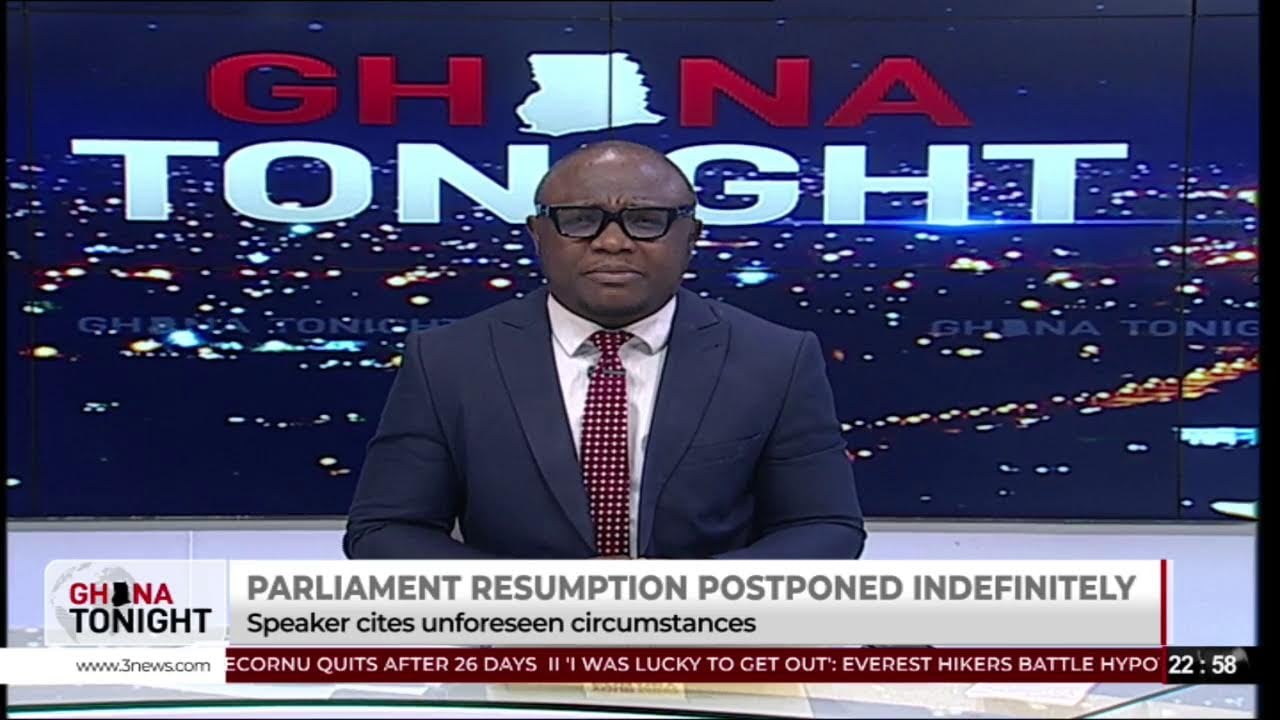
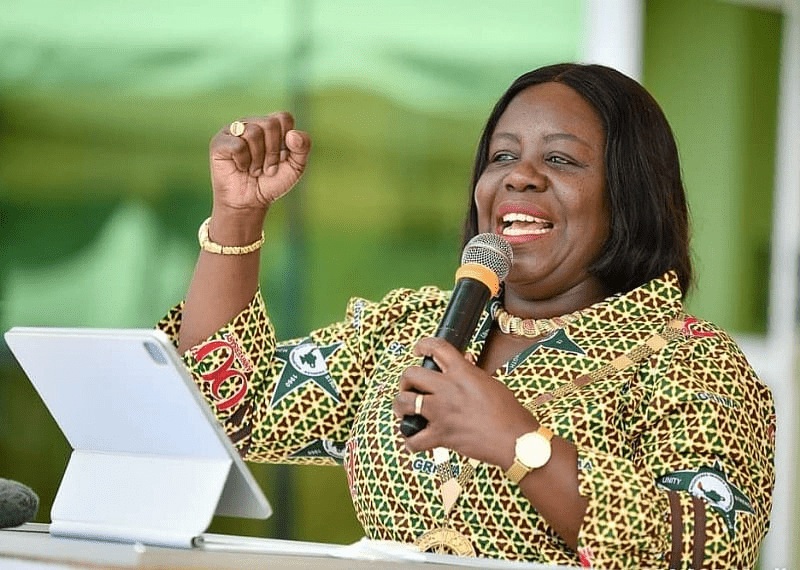

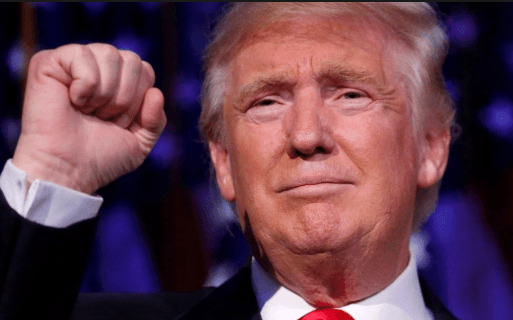





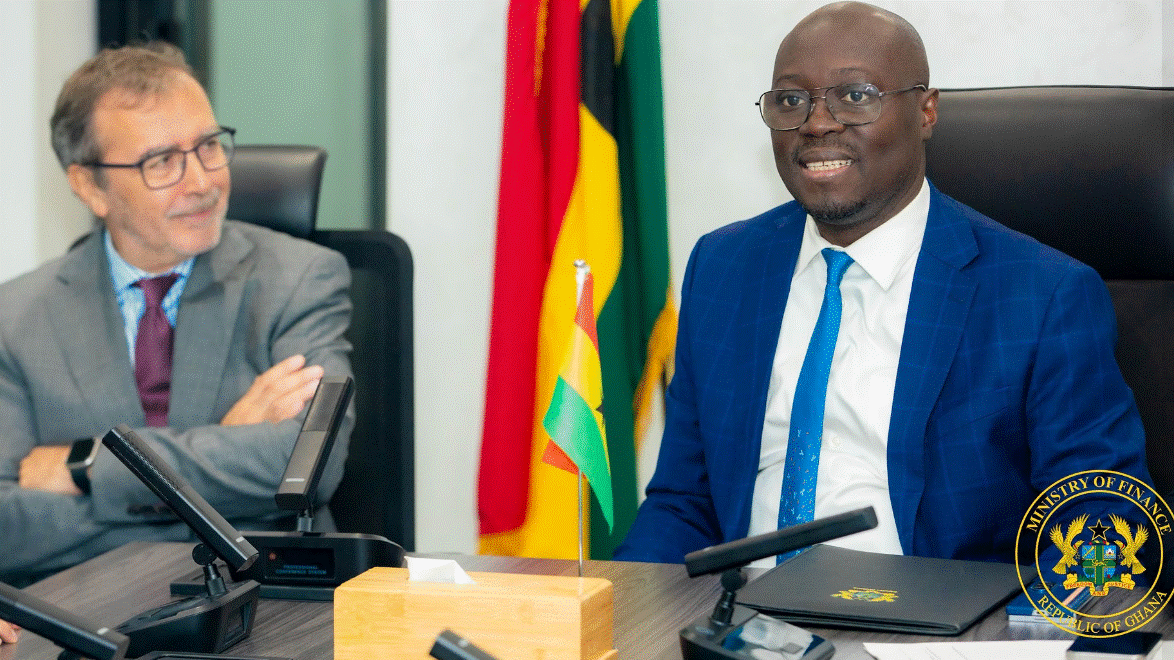



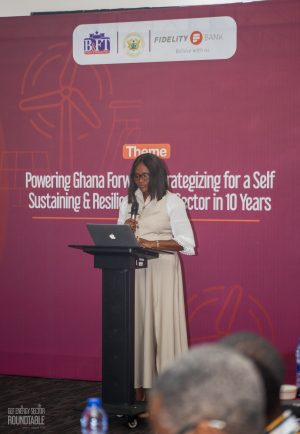

Facebook
Twitter
Pinterest
Instagram
Google+
YouTube
LinkedIn
RSS